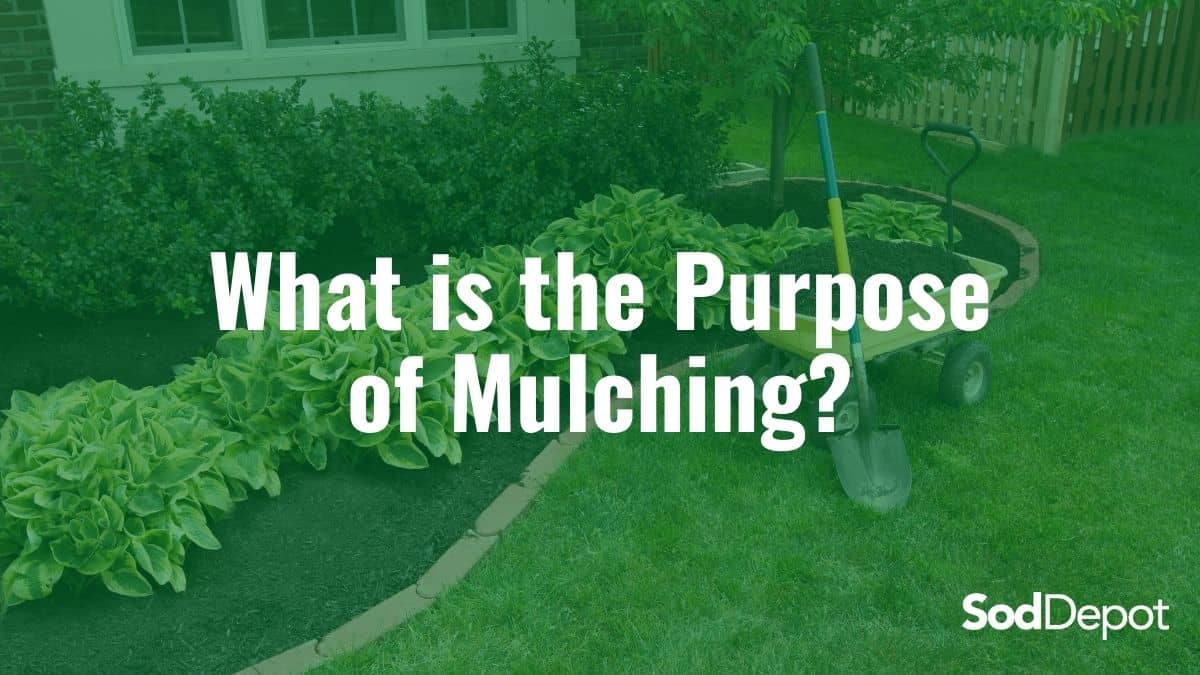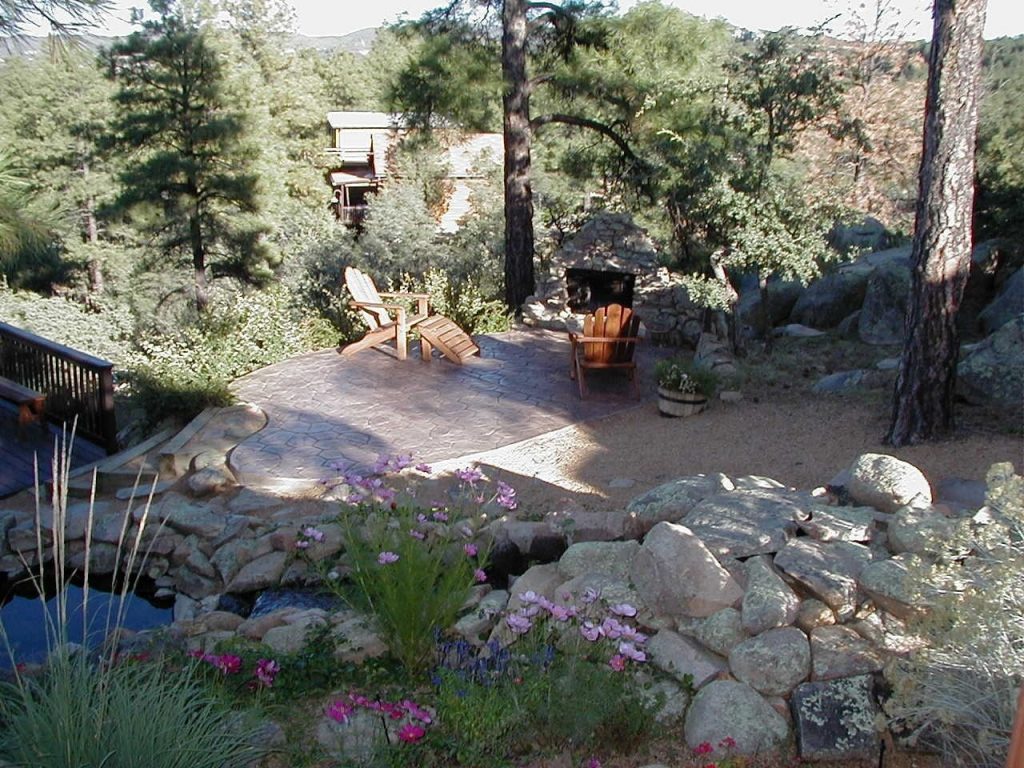The Definitive Guide to Hilton Head Landscapes
Table of ContentsRumored Buzz on Hilton Head LandscapesExcitement About Hilton Head LandscapesSome Of Hilton Head LandscapesNot known Factual Statements About Hilton Head Landscapes The Best Guide To Hilton Head LandscapesUnknown Facts About Hilton Head LandscapesThe smart Trick of Hilton Head Landscapes That Nobody is Talking About
Line creates all types and patterns and can be used in a range of methods the landscape. Line in the landscape is created by the side in between two products, the rundown or silhouette of a type, or a lengthy linear function. Lines are a powerful device for the designer since they can be made use of to create a limitless selection of shapes and kinds, and they manage activity of the eye and the body.

Lines can have one or more features, such as those explained below, but they usually serve different objectives. Number 1. Lines in the landscape - landscaping hilton head sc. The properties of lines figure out how people react to the landscape, both psychologically and physically. Straight lines are structural and strong; they produce an official character, are usually related to a symmetrical layout, and lead the eye directly to a focal point.
All About Hilton Head Landscapes
Straight lines are usually discovered in hardscape sides and material. Rounded lines produce a casual, all-natural, unwinded character that is associated more with nature and unbalanced equilibrium. Rounded lines move the eye at a slower rate and add mystery to the space by developing covert sights. Upright lines relocate the eye up, making a room feel larger.
Upright lines in the landscape include tall, narrow plant material, such as trees, or high frameworks, such as an arbor or a bird house on a post. Straight lines move the eye along the ground aircraft and can make an area feel larger. Reduced lines are much more restrained and produce a sensation of rest or repose.
Hilton Head Landscapes Things To Know Before You Buy
Reduced lines are produced by reduced yard walls, pathways, and short hedges. Lines are utilized to draw forms on a plan. In plan sight, they define plant beds and hardscape areas. Lines are additionally produced by the vertical types of built attributes and plant product. There are three key line types that produce kind in the landscape: bedlines, hardscape lines, and plant lines.
Bedlines connect plant material to your house and hardscape due to the fact that the eye complies with the line, relocating the gaze via the landscape. Hardscape lines are created by the side of the hardscape, which marks the built framework. Line can likewise be produced by long and slim products, such as a fence or wall surface.
Get This Report about Hilton Head Landscapes
Kind is found in both hardscape and plants, and it is typically the dominant aesthetic element that spatially organizes the landscape and frequently establishes the style of the garden. The form of structures, plant beds, and yard ornaments additionally establishes the general type theme of the garden. Formal, geometric forms include circles, squares, and polygons.
Plants develop type in the garden via their lays out or silhouettes, but kind can additionally be specified by a gap or negative space between plants - landscapers hilton head island (https://h1tnhdlndscps.wordpress.com/2024/07/03/transform-your-outdoor-space-with-hilton-head-landscapers/). Circles can be complete circles, or they can be split right into fifty percent circles or circle segments and combined with lines to develop arcs and tangents
Hilton Head Landscapes Things To Know Before You Get This
Circles are a solid design form because the eye is always attracted to the center, which can be used to highlight a focal factor or link other kinds. Circular types in hardscape and yard panels.
The square kind can additionally be segmented and previously owned consistently to produce a grid pattern. Unlike circles, squares are more powerful on the sides, which can be lined up or overlapped to produce one-of-a-kind patterns and more intricate forms.
Meandering lines typically mimic the natural program of rivers or streams and can be defined as smooth lines with deeply curved undulations. Meandering lines (Number 3) function well for paths, plant bedlines, and completely dry stream beds. Meandering lines can include passion and enigma to a yard by leading visitors around corners to discover brand-new sights and rooms.
The Best Guide To Hilton Head Landscapes

Figure 5. Fragmented sides: stepping rocks in pathway. Type is one of the most enduring high quality of a plant (Landscapers near me). https://hearthis.at/steven-gonzales/set/hilton-head-landscapes/. Common plant forms are well established and standard, as type is the most consistent and recognizable feature of plants. Type can also be created through the massing of plants, where the overall mass creates a various form than an individual plant.
A very contrasting kind should be utilized with careone or two work well as a focal factor, but way too many wreak havoc. Natural plant forms, instead of over-trimmed types, should develop the mass of the composition. The importance of overall type is much more or much less depending on the checking out perspectivethe form of a tree can show up quite various to a person standing under the canopy versus watching the tree from a distance in an open area.
The Best Guide To Hilton Head Landscapes
Plant types likewise develop and define deep space or open areas in between the plants, producing either convex or scooped forms in the voids. High-arching tree branches typically develop a concave open room under the branches, and a rounded cover with low branches fills useful source up the area to create a convex type outdoors area under the tree.
